Dexterous manipulation is a fundamental capability for robotic systems, yet progress has been limited by hardware trade-offs between precision, compactness, strength, and afford- ability. Existing control methods impose compromises on hand designs and applications. However, learning-based approaches present opportunities to rethink these trade-offs, particularly to address challenges with tendon-driven actuation and low-cost materials.
This work presents RUKA, a tendon-driven humanoid hand that is compact, affordable, and capable. Made from 3D-printed parts and off-the-shelf components, RUKA has 5 fingers with 15 underactuated degrees of freedom enabling diverse human-like grasps. Its tendon-driven actuation allows powerful grasping in a compact, human-sized form factor. To address control challenges, we learn joint-to-actuator and fingertip-to- actuator models from motion-capture data collected by the MANUS glove, leveraging the hand's morphological accuracy. Extensive evaluations demonstrate RUKA's superior reachability, durability, and strength compared to other robotic hands. Tele- operation tasks further showcase RUKA's dexterous movements. The open-source design and assembly instructions of RUKA, code, and data are available on our website.
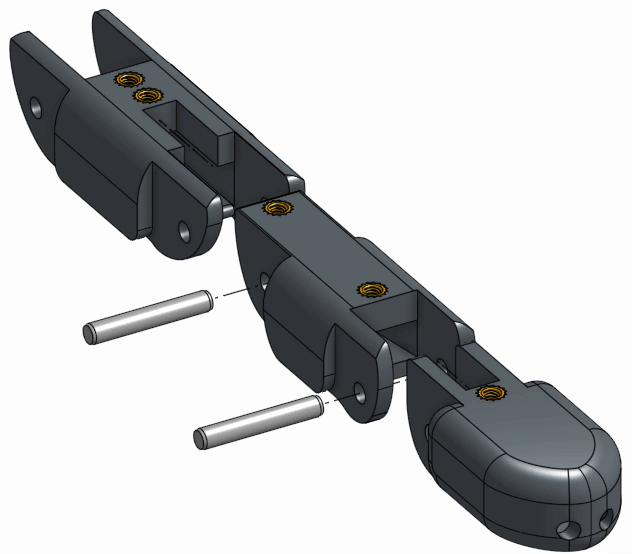
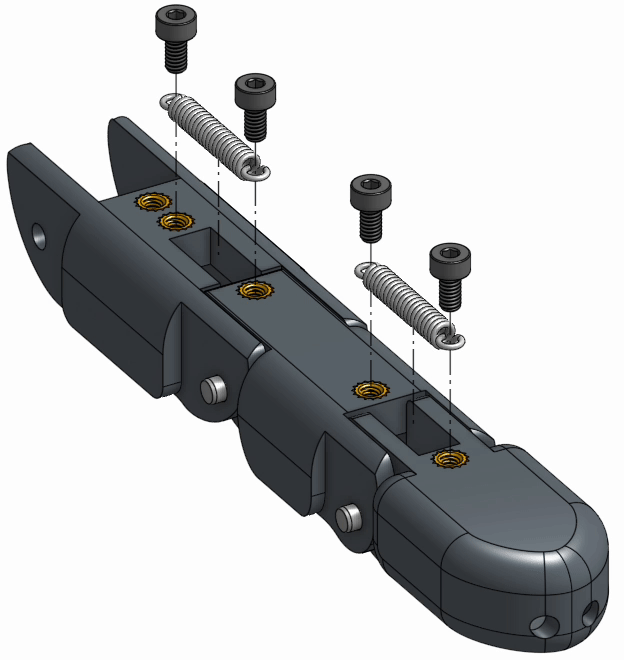

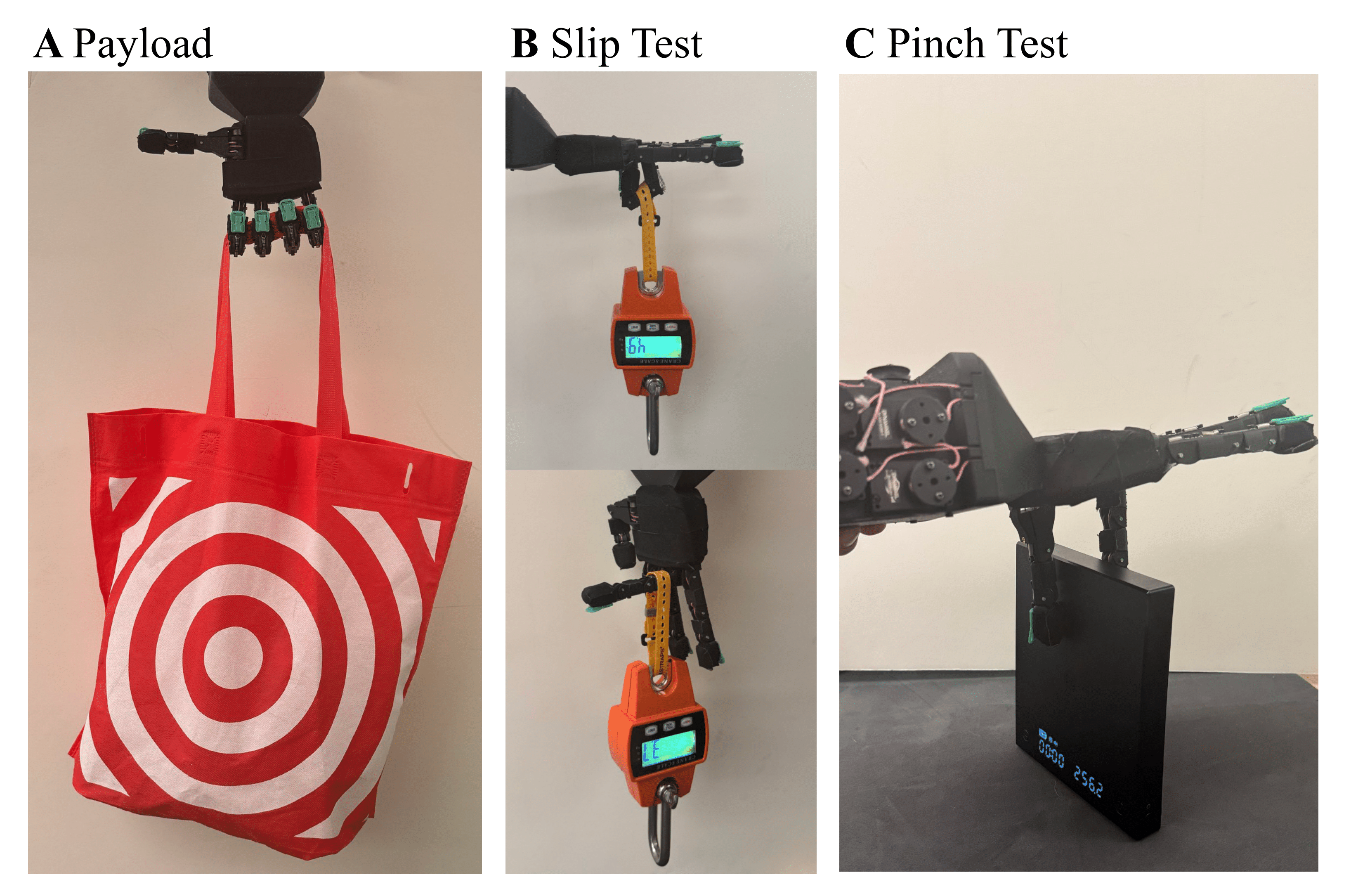
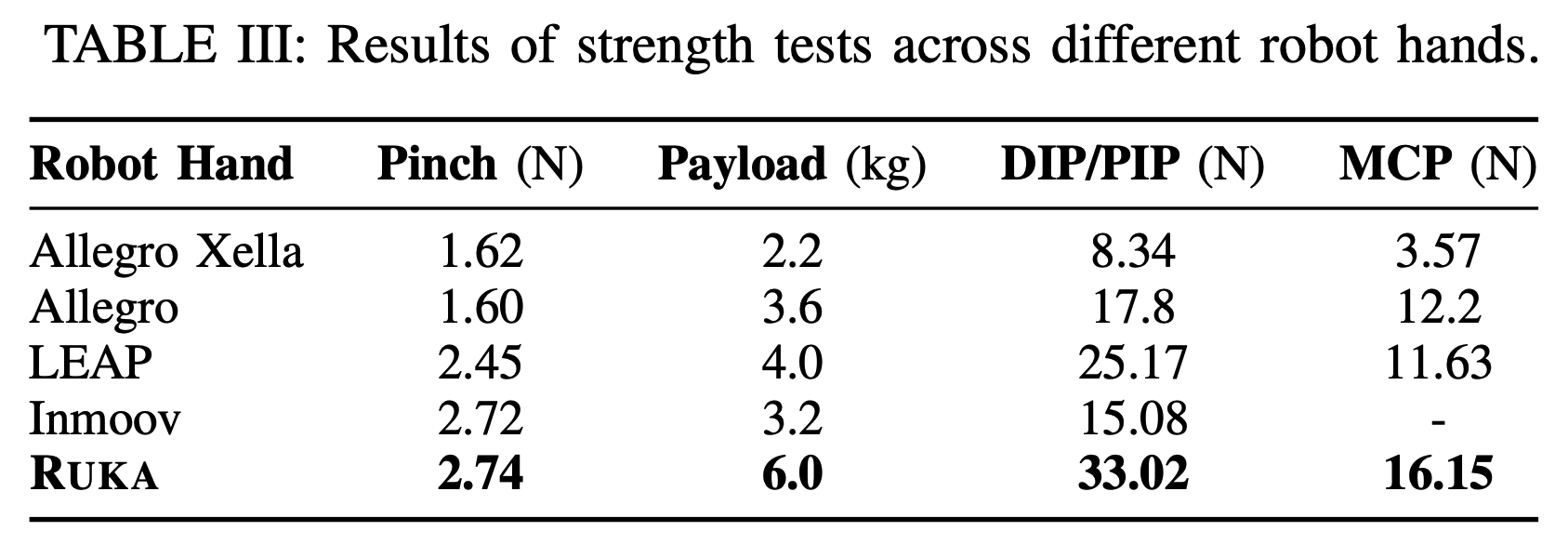
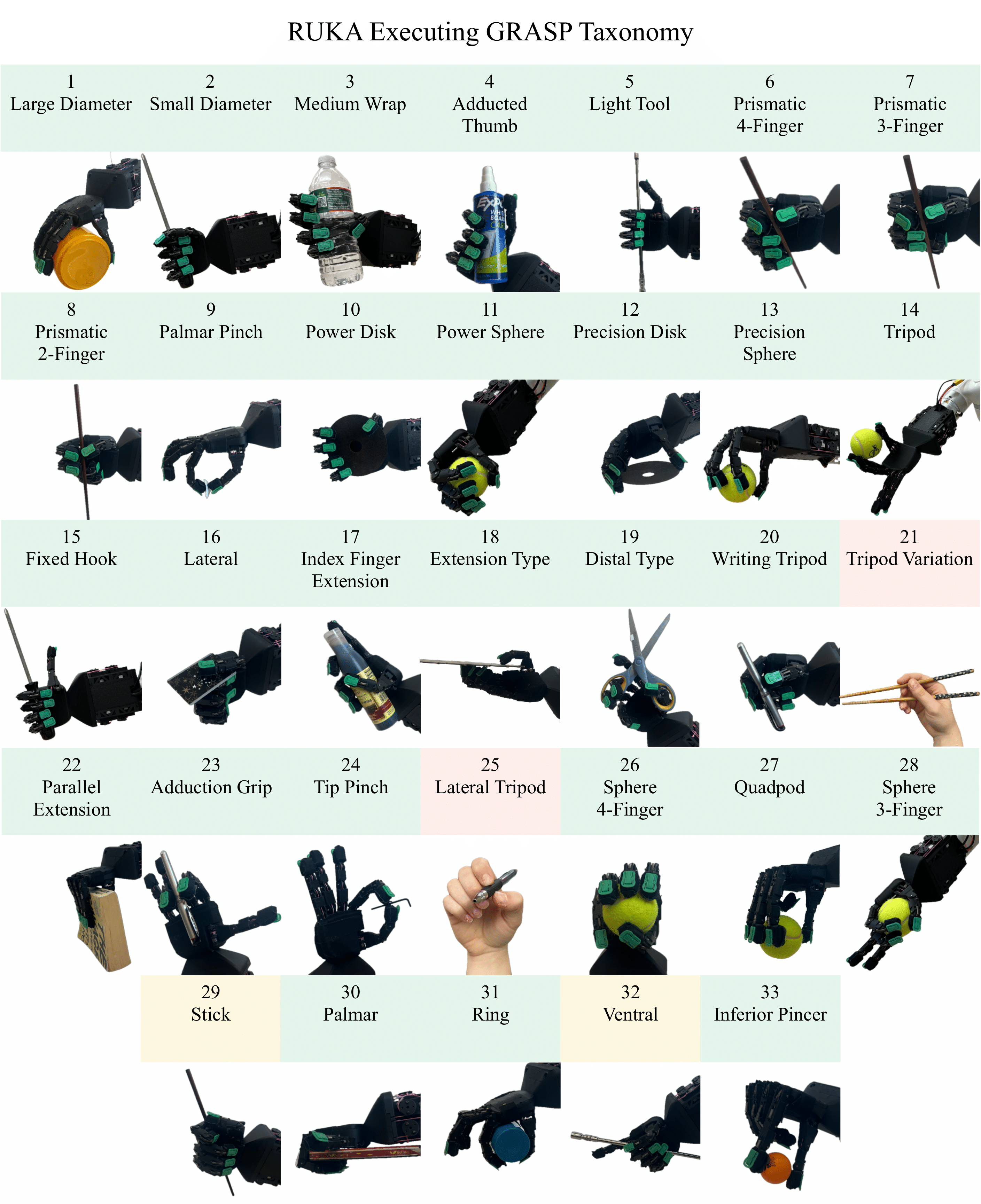
@article{zorin2025ruka,
title={RUKA: Rethinking the Design of Humanoid Hands with Learning},
author={Zorin, Anya and Guzey, Irmak and Yan, Billy and Iyer, Aadhithya and Kondrich, Lisa and Bhattasali, Nikhil X. and Pinto, Lerrel},
journal={Robotics: Science and Systems (RSS)},
year={2025}
}